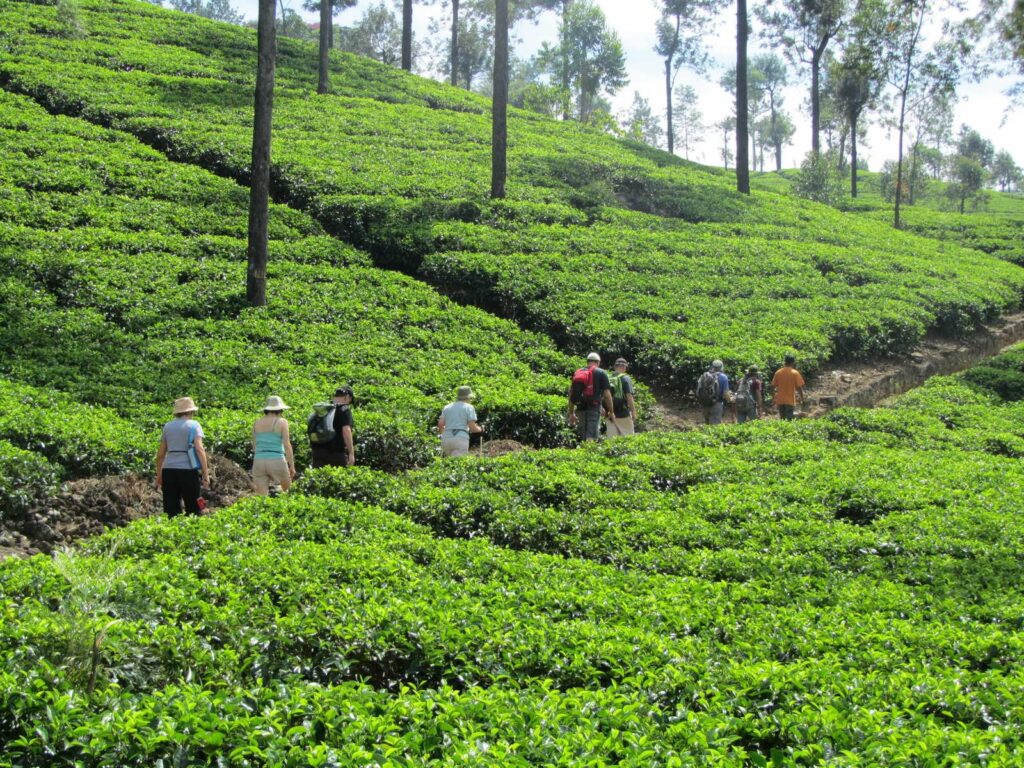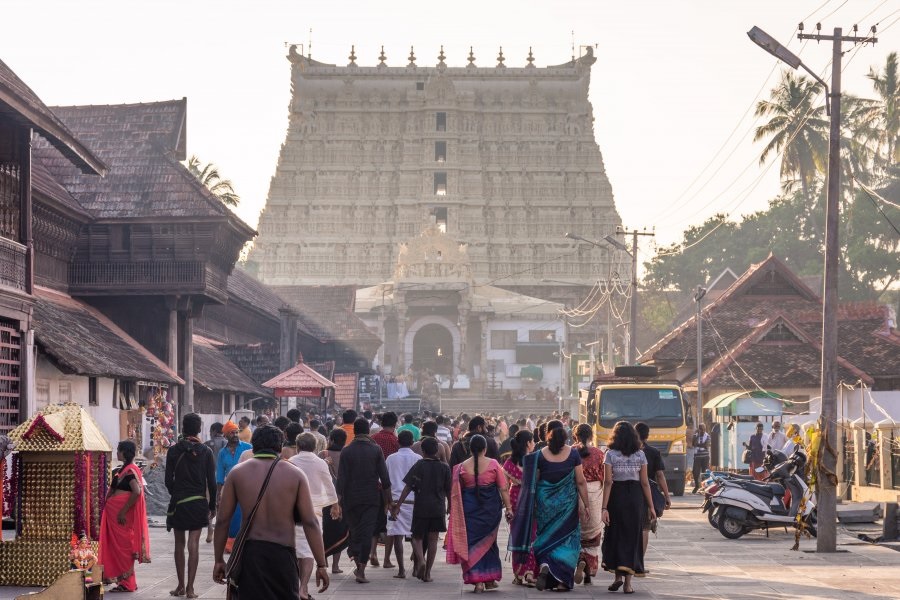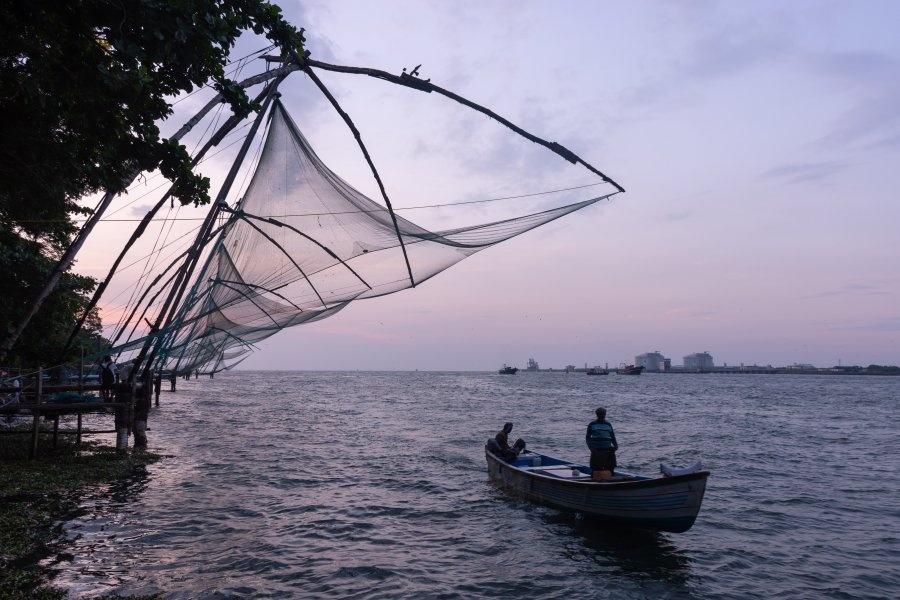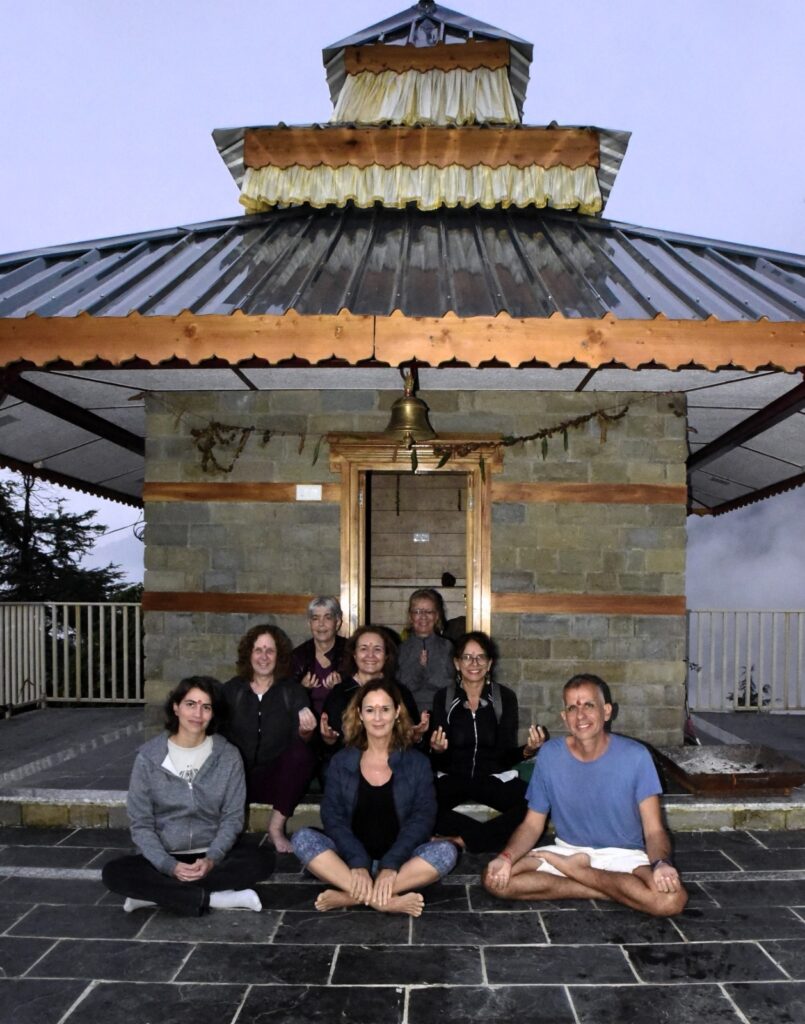+91 - 9910631152
delightedjourney@gmail.com
- Home
- Tours
- Adventure Tours
- Trip to Amritsar & Dharamshala
- Ladakh – Zanskar Jeep Safari Tour
- Little Tibet in India – Kinnaur, Spiti & Lahaul
- Mountains, monasteries & culture of Ladakh
- Tribal Festivals in the North-East – Arunachal & Assam
- Sikkim – Darjeeling – Bhutan Tour Package
- Destination: India, Ladakh Cultural Tour
- Kinnaur – Spiti Valley Program
- Cultural Tours
- Kinnaur & Spiti Valley, Himachal Pradesh
- Culture Tour in India
- The Essentials of Rajasthan
- Gujarat – Pearl of the West India
- Heritage Rajasthan Tour
- Sikkim – Darjeeling – Bhutan Tour Package
- Temple and Ganges
- North India – Behind The Scenes
- Trek & Bishnoi Village in Rajasthan
- Village Walking Tour in India
- Sikkim – Darjeeling – Bhutan Tour Package
- Spiritual Highlights of Darjeeling and Sikkim – 13 Days
- South India Tours
- Wildlife Tours
- Adventure Tours
- About India
- About Us
- Blog
- Photo Gallery
- Contact Us




























